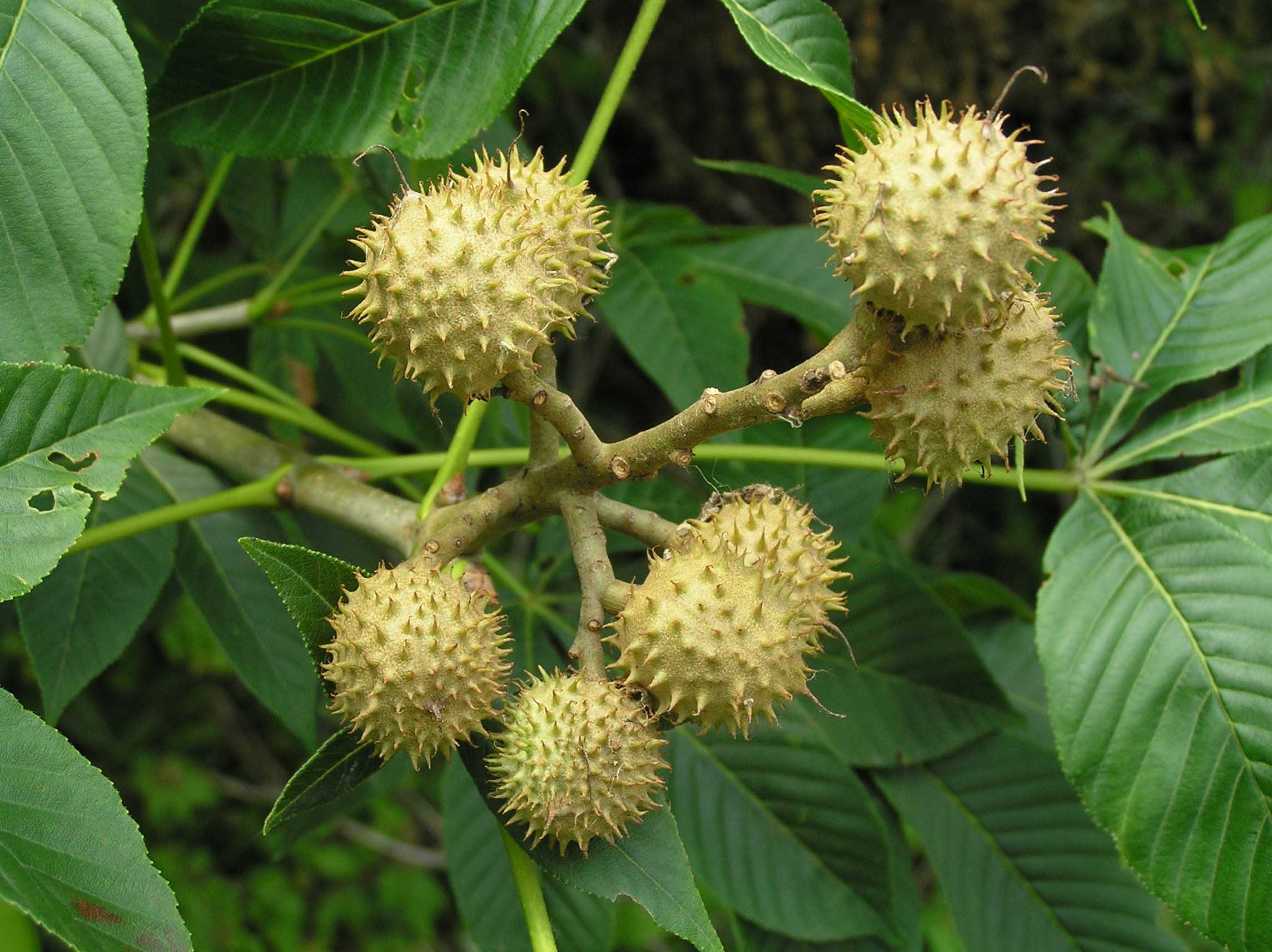ohio buckeye tree scientific name
Leaflets 46 inches long 1½2½ inches wide broadest in the middle margin finely toothed. Images of the Ohio Buckeye Aesculus glabra including photos of the leaf flower fruit seed petiole bark and tree.

Ohio Buckeye Welcome To Whitehouse Ohio
Plantae Animalia Fungi Protista ArchaeaArchaeabacteria and Bacteria Eubacteria.
. OHIO BUCKEYE - AESCULUS GLABRA. Reliable red fall color and low fruit production. Its form is rounded and its large leaves and low branching provide a dense shade.
It does not do well in dry locations. In our previous post we introduced the story of the Ohio Buckeye the origin of the term buckeye the trees scientific name Aesculus glabra its relationship with the OSU mascot Brutus and how it was introduced to football fans of Ohio in 1987. Ohio buckeye Aesculus glabra the state tree of Ohio is found primarily as an understory tree in the western half of Ohio where the soils are more alkaline in pH.
The name Buckeye presumably comes from local usage in the early days of settlement of Ohio. An early botanist found it on the banks of the Ohio River and added Ohio to the common name in order to distinguish this. It is a drought-adaptive tree using less water during drought.
35 12 m tall. Buckeye is a variety of ornamental trees in the genus Aesculus and family Sapindaceae. The most-notable species is the Ohio buckeye A.
Glabra also called fetid or Texas buckeye which is primarily found in the Midwestern region of the United States. Ohio Buckeye - Aesculus glabra. Ohio Buckeye Aesculus glabra Description.
Its availability may be limited. However it is scattered throughout the eastern half of the state except in extreme northeastern and extreme southeastern Ohio. Ohio buckeye stinking buckeye.
20 to 40 ft. There are four main varieties of buckeye trees. There are six kingdoms.
Midwest and eastern United States. Another important concept is differenti-ating between simple and compound leaves. Here we continue with the story of the buckeye but with a different focus.
A cultivar with superior resistance to leaf blotch leaf scorch and powdery mildew. 50 to 70 ft. SPECIES POISONOUS PLANTS Illinois Grazing Manual Fact Sheet more y Ohio Buckeye Plants of wooded and old woodland pastures Plant Characteristics Aesculus glabra Willd.
325 lbsft 3 520 kgm 3 Specific Gravity Basic 12 MC44 52. This slow growing tree rarely reaching heights over 40 feet in Colorado is native from Pennsylvania to Nebraska. The trunk bark is gray and rough-textured becoming scaly warty and slightly furrowed with age.
Most Ohio tree species have alternate arrange-ment. Buckeye trees grow between 12 and 40 ft. Upper surface bluish- or grass green.
Ohio Buckeye Aesculus glabra Image by Digital Sextant via Flickr Creative Commons The Ohio buckeye is a smallish shade tree that loves moist soil making it a good choice for rain gardens and other damp locations. 50-75 ft 15-23 m tall 1-15 ft 3-5 m trunk diameter. Here we continue with the story of the buckeye but with a different focus.
Bark is dark brown. To remember the few tree species that have opposite arrangement use the mnemonic of MAD BUCK maple ash dogwood and buck-eye. Growing in the open it can reach 70 ft 21 m in height but as a native understory tree its often only half that.
Buckeyes are common trees in North America. Its natural range is primarily in the Midwestern and lower Great Plains regions of the United States extending southeast into the geological Black Belt of Alabama and Mississippi. 770 lb f 3430 N.
Simple leaves have a single leaf blade while. The palmately compound leaves feature five to seven leaflets and turn orange to. This tree is about 40-60 tall forming a single trunk about 1-2 across and a much-branched ovoid crown.
Buckeye Family Hippocastanaceae Ohio buckeye can occur in all parts of Kentucky but is most common in the Bluegrass region and Western Kentucky. Early Glow Ohio buckeye Aesculus glabra JN. The most popular buckeye is the species Aesculus glabra or Ohio buckeye tree.
In our previous post we introduced the story of the Ohio Buckeye the origin of the term buckeye the trees scientific name Aesculus glabra its relationship with the OSU mascot Brutus and how it was introduced to football fans of Ohio in 1987. The Ohio buckeye is a medium-sized tree that sometimes grows to heights of 70 feet but is usually shorter. Lower surface paler smooth.
Ohio buckeye can be a shrub or a medium-sized tree depending on site conditions with branches drooping with upcurved ends. The tree grows up to 21 metres 70 feet in height and has twigs and leaves that yield an unpleasant odour when crushed. We will show how the Ohio Buckeye is both similar and.
20 to 40 ft. Aesculus glabra commonly known as Ohio buckeye is a species of tree in the soapberry family Sapindaceae native to North America. Along with the scientific name and classification of Ohio Buckeye know about other Ohio Buckeye Facts.
Leaves are opposite palm-shaped compound with usually 7 leaflets. 40 to 50 ft. Aesculus glabra Related to the European horse chestnut the Ohio Buckeye is a rounded deciduous tree with low sweeping branches that arch upwards at the ends and dense foliage.
Ohio Buckeye Kingdom and all the other plant kingdom are Plantae. Hardiness Zones 4 to 7. The bark of young stems and branches is dark-brown and scaly.
At optimal sites larger trees have been found exceeding 70 tall. Ohio Buckeye or Fetid Buckeye is native to North America and generally has a short trunk and low branching structure. A Chicagoland Grows introduction.
Leafsnap is an electronic field guide for tree and plant species in New York City and Washington DC.

Ohio Buckeye Ohio Department Of Natural Resources

Ohio Buckeye The Morton Arboretum

Ohio Buckeye Welcome To Whitehouse Ohio
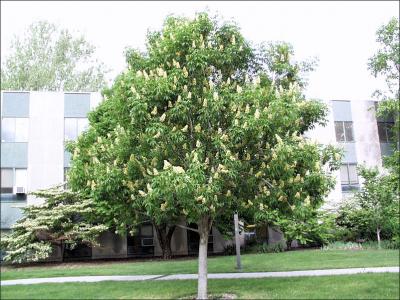
Tree Of The Month Ohio Buckeye Reforest London
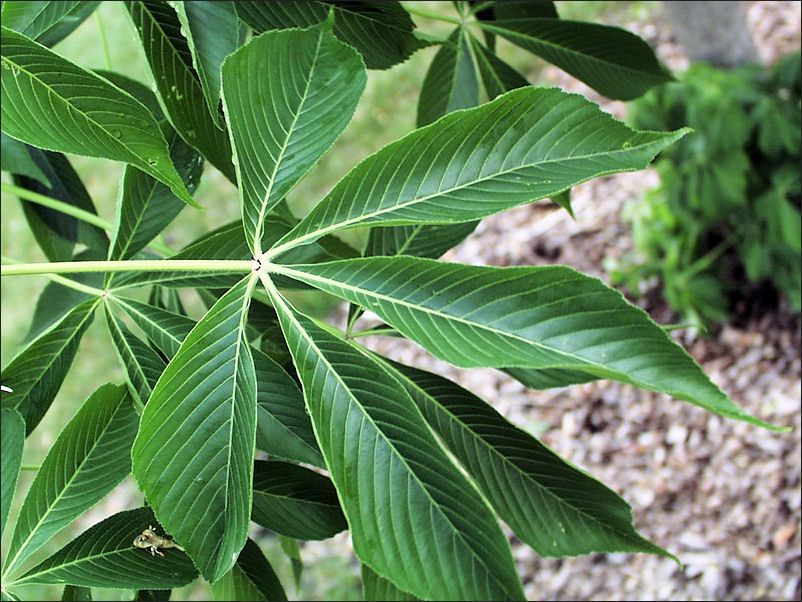
Ohio Buckeye Aesculus Glabra Great Plains Nursery
Ohio Buckeye Medicinal Herb Info
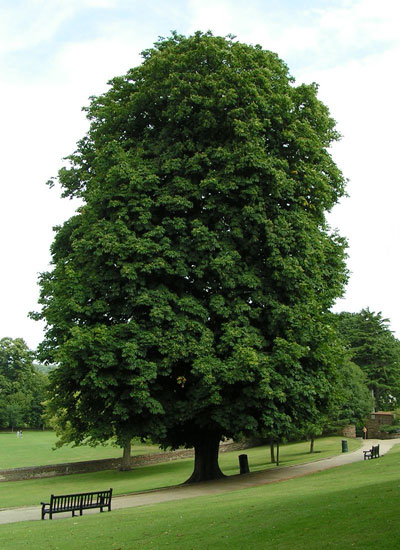
Buckeye Tree Learn About Nature
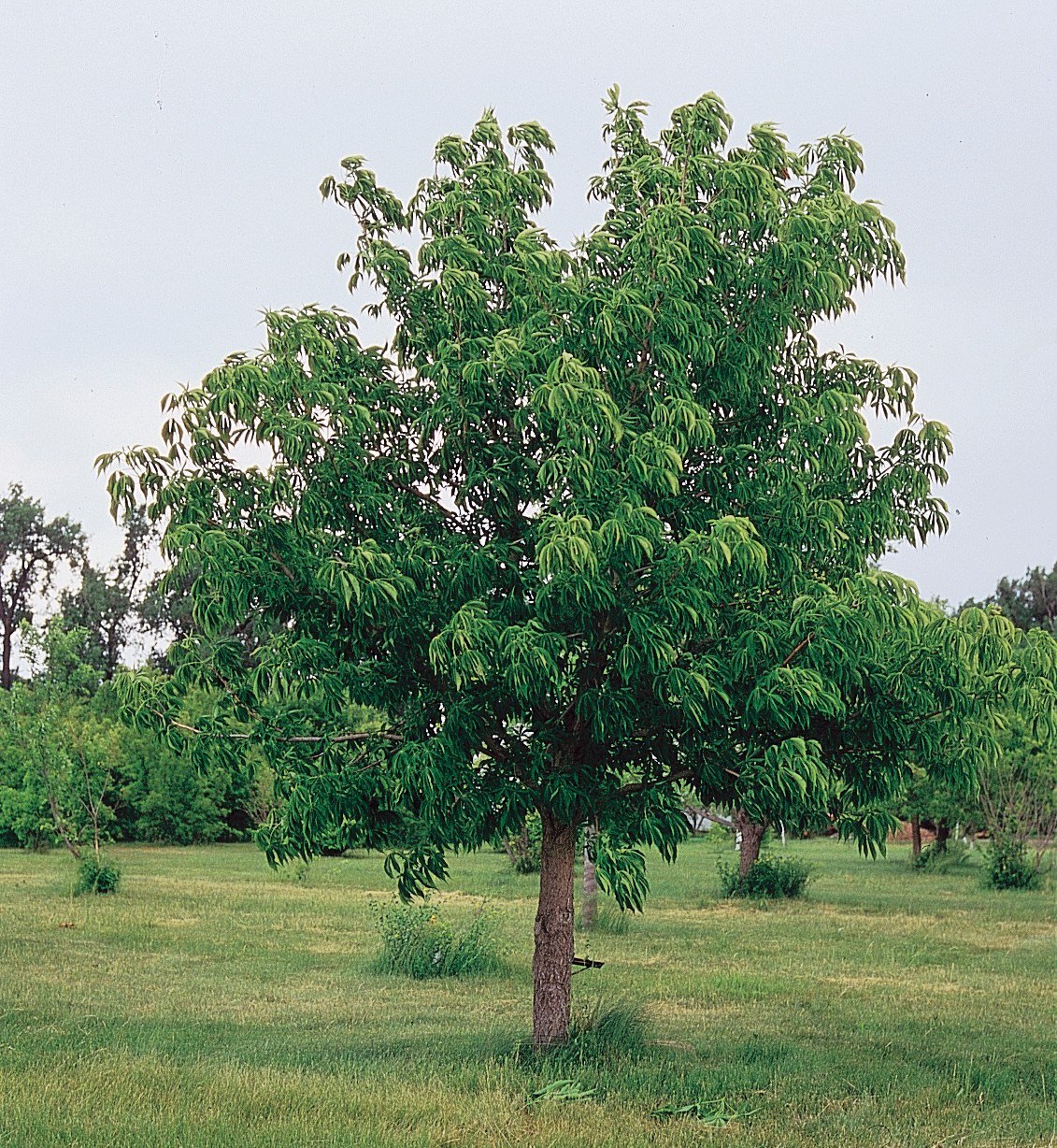
Buckeye Tree Learn About Nature
Minnesota Seasons Ohio Buckeye
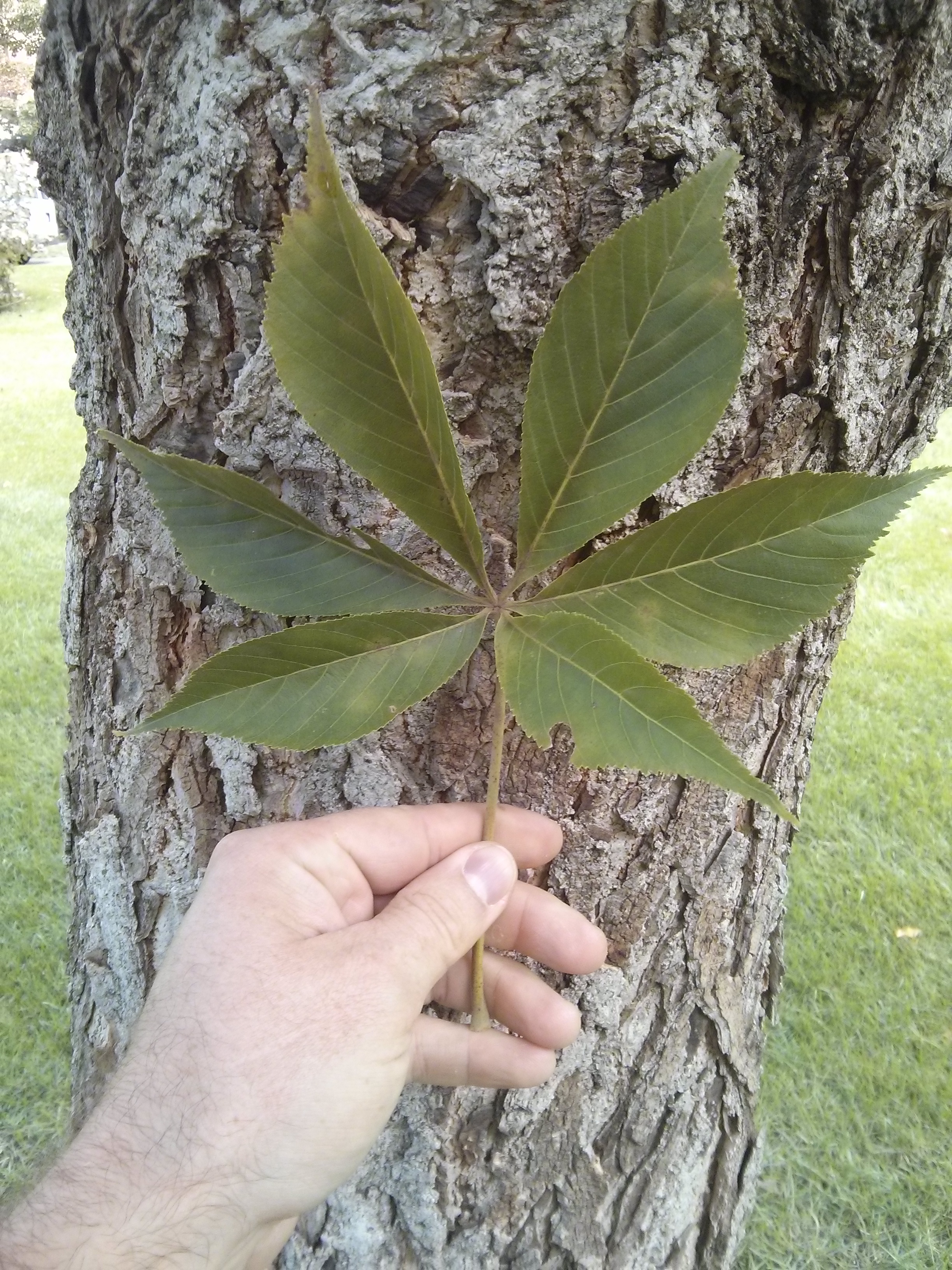
Ohio Buckeye Aesculus Glabra The Ufor Nursery Lab
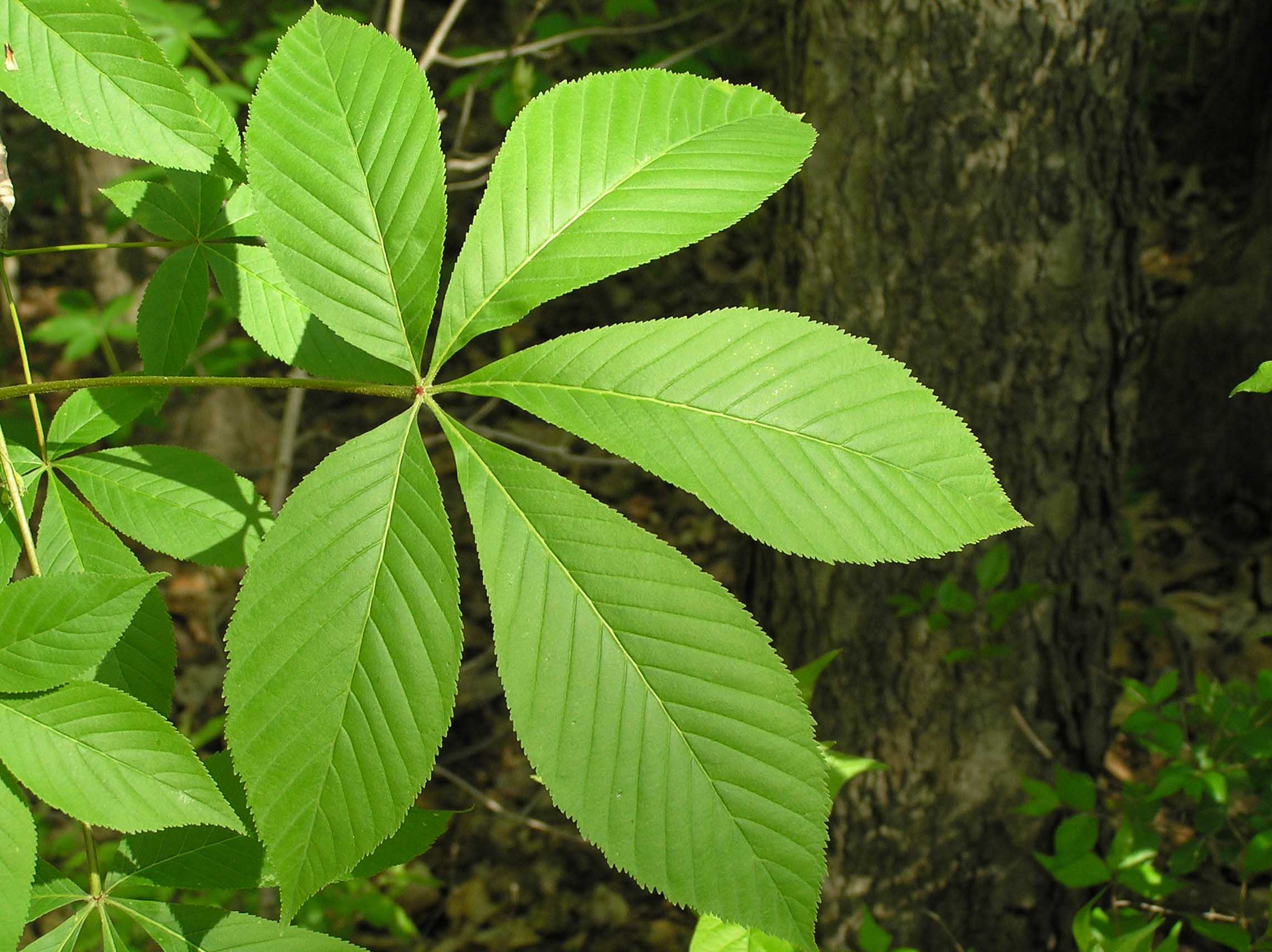
Ohio Buckeye Purdue Fort Wayne

The Story Of The Ohio Buckeyes Osu Bio Museum
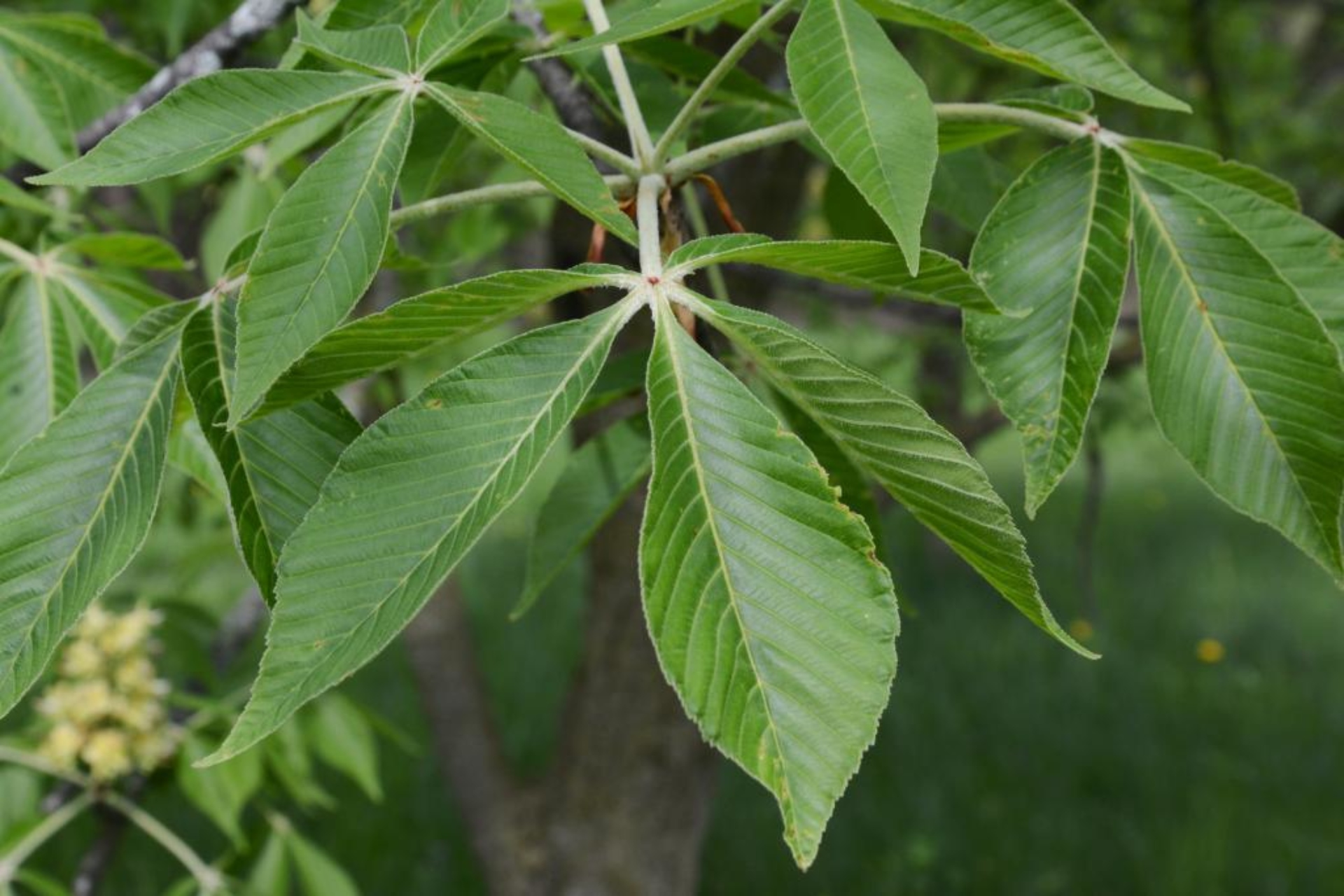
Ohio Buckeye The Morton Arboretum

Yellow Buckeye Purdue Fort Wayne
Aesculus Glabra Ohio Buckeye Native Plants Of North America

